(*9*)
The web positioning has become one of the more effective marketing strategies and one of the most used by brands and companies to attract customers and sales for their businesses.
In this post I am going to show you 9 keys to position my website in Google, but do not think that a simple procedure, the key is to establish a good web positioning strategy.
I am going to focus on the web positioning that truly converts, that is, only those keywords that are related to the business model of the company and will help you to attract customers or generate sales.
Remember that there are NO tricks to position a website in Google, only a job well done.
You may also be interested in:
What is SEO and how to do web positioning?
CSS and HTML codes for WordPress [+ tricks]. CSS colors to customize your web page or blog
What is a KPI in marketing and what is it for? Basic examples
Forget the tricks to improve web positioning
There are no tricks to get to the Top 1 in Google, just know what aspects you should work on and enhance to improve your positioning.
Forget about tricks and bullshit, that will probably be mentioned by someone who does not have a lot of knowledge about SEO.
In the end, it consists of doing things well and working your website in a professional and strategic way, if you do so, you will see that you will achieve the desired results.
9 Keys and not Tricks to position my website in Google
Key 1.- Establish a good Content Strategy
It will be useless to work on the web positioning of the landing page and blog content if you do not define a good content strategy.
Start by defining the business model well and then carry out a good analysis of the return; consisting of an internal analysis and external analysis or competitor analysis.
In this post I show you cHow to create an end-to-end content strategy, so you can follow the whole procedure but here are some quick tips:
- Analyze the business model of 5 to 10 competitors.
- Analyze your competitors' customer acquisition strategy.
- Analyze the landing pages of the services and / or products.
- Analyze the blog content that is integrated with your business model.
- Establish qualitative and specific objectives for the content strategy.
- Create your own Administration Panel in Google Analytics with your defined KPIs and objectives.
- Make a tactical or action plan to achieve each objective.
- Establish your promotion channels and your comprehensive strategy.
Key 2. Position the landing page of services and / or products
The first step will be to establish how many unique landing pages we are going to make, and for this it is essential that we carry out a study of keywords, in order to choose which ones we will create with a unique url and which ones we will create with a joint one, or basically which ones we do not want to position. because they don't have organic traffic.
Something that you should not ignore is to analyze the search intention of each keyword that you consider interesting to see if it matches the conversion intention you are looking for, since it may not be.
If we are already clear about the services and / or products that we want to position in Google, then what we would do would be:
1.- SEO On Page study of each landing. The objective is to establish a content structure and see what type of items we are going to integrate into it (images, videos, text, animated gifs, etc.)
2.- Internal linking. You need to get internal backlinks to these landing pages. Remember that those who have the most strength are the first level and that they are for example on the home page or home page, but we can also use links to static pages or blog posts.
3.- External link. It is a good idea to obtain a quality link from a page with authority and traffic in your sector. Fundamentally when you start to get natural links (linkbaiting) it is almost an impossible mission, therefore you should choose to do a little link building, such as publishing a guestpost or the like.
4.- Obtain quality traffic. If we want to position the landing page, we have to get quality traffic to it. You can do this through the blog, social networks or email, but you can also do it, for example, through a commercial promotion campaign on Facebook Ads.
Depending on the level of competition of the keywords and the authority that your project has, it will take you more or less time to reach the Top 1 in Google. Actually these tools have their own value of "Keyword Difficulty" or keyword difficulty. When you start, I suggest you try to rank keywords with low difficulty or Long Tail in Google.
For these analyzes, tools such as Ahrefs and SEMrush, where you will be able to do the On Page study and analyze the internal and external backlinks.
Finally you can use the duration of Chrome Web Developer that will tell you the content structure of each landing page.
Key 3.- Transmit the linkjuice to the pages that will give you income
I do not know why there is a strange mania for generating and generating content and indexing everything in Google, when really what we are doing is dispersing our authority in thousands of links. Instead, decide which pages you want to index and which ones you don't, and fundamentally to which specific urls we want to transmit more force.
Follow these tips:
- It works both internal binding and external binding.
- Don't be afraid to delete old content from your website. If it has, for example, an authority link, make a 301 redirect to similar content and if it does not have links, delete it from your website. For example, in the last year I have deleted at least 200 old blog posts.
- Decide what you want to index and rank, and what other pages you prefer not to index so as not to disperse authority.
Key 4.- Eliminate cannibalizations and thin content
The latest updates of the Google algorithm of this year 2020 are precisely penalizing pages that have these 2 symptoms; cannibalizations or thin content. The first thing you should do is detect these cannibalizations or this low-quality content.
To detect this type of content you can use SafeCont, Onpage and Dinorank.
Tips for working with cannibalisations and thin content
- If the content is old and does not contribute anything, and does not have inbound links that are worth it, we will remove it.
- If the content is old, and does not contribute anything, and has good links then we redirect to a more current and more valuable content.
- If the content is cannibalizing another as the case may be, we redirect it to a new one or basically delete it.
- If the content has fallen in positioning because it has lagged in time, we can update it and try to position it again.
In short, Google is giving many "ostias" with this issue and you can no longer leave your old posts on your blog and do nothing, you must clean and update those contents that you consider most important to attract customers or for your business model .
Key 5.- Write about what your readers want in the search engine and it is related to your business model
How many posts have I read about writing what your readers want, but in reality this is only half true, since it does not consist of attracting any traffic but only that which is aligned with our business objectives.
For example, does it make any sense to publish a post on the best pages to watch football for free on a marketing blog?
In my opinion, none, since it is a traffic that has nothing to do with our business model.
So instead of doing a study of common keywords, we would have to do a good study taking into account which keywords are related to our business model, that is, to our services and / or products.
For example: Does it make sense to position a landing page for the SEO audit service?
A priori you may think so, but the first step before making a choice is to see what content is responding to that search intention, in this case and as we can see in the image, they are mostly blog posts and not landing page.
In the following video that we have made in the Marketing and Web School We explain in a practical way how you should work an effective keyword study.
Key 6.- Promote and make your brand and your content visible
It is essential that you establish a promotion strategy according to your company's budget. Brand promotion will help us to:
- Make the brand known in the sector and gain notoriety.
- Create links with other brands and professionals in the sector.
- Increase our community of blog readers and subscribers.
- Increase our community of followers on social networks.
- Improve customer acquisition and product sales.
- Obtain quality links to increase the authority of our project.
- Position the landing of services and strategic content.
There are those who think that a promotion strategy is to share content on social networks, but this is not the case at all, social channels are one of many channels that we have to work on, but promotion is not only about sharing content or attracting traffic, we must establish
In this video we explain how to make a simple promotion plan with content so that you can see how you can apply it to your project.
Key 7.- Qualify and retain your web traffic
You must attract quality traffic so that the user experience is a good boost in the positioning of our website. But we must not only attract it, but we must retain it so that this traffic becomes recurring.
How can we do it?
- Making you a subscriber to our blog.
- Getting you to follow our content on Feedly.
- Making them part of our community of readers and followers.
- Getting ambassadors for our brand.
- Consequent links of reference of blogs of the same subject.
Key 8.- Optimize the content for all types of snippets
Nowadays, at the same time as the classic snippets, which is very important to make the most of, we have to take into account other Rich Snippets, such as the great range of featured snippets that Google has today.
What are these Featured Snippets?
Surely you have seen them a million times but you did not know that they were called that, what you should be interested in is that this result appears above the Top 1, that is, we exceed the Top 1, even when our organic position is lower, it is In other words, we can be in the top 10 for a specific keyword and get the coveted featured snippet.
What format does Google like for these Featured Snippet?
The first step is to analyze which featured snippet you want to position, for this go to Google and enter the keyword for which you want to work the featured snippet and analyze the format of the content that appears. You learn a lot by analyzing the content that other people have made.
The preferred featured snippets are lists and tables, but the size and breadth will depend on each keyword.
Therefore I suggest that you have a plugin to make these lists and tables so nice that Google likes.
These featured snippet usually find them with questions What is ..? What does it mean..? What is it for..? or basically a definition that Google considers relevant for users "organic positioning strategy", "community manager", are some examples.
But we can also find these featured snippet with ahrefs. The procedure is very easy.
How to search for Featured Snippet
- We go to the Ahrefs Keywords Explorer and enter the keyword for which we want to find out its fetured snippet.
- We click on «View all» to see all the keywords.
- In the filters of the upper pair, click on SERP Features and mark "Featured Snippet" and click on apply.
Key 9.- Give it a good SEO On Page format and oriented to the user experience
It summarizes here some of the considerations, however I suggest you this organic positioning guide on page where you will find it much more expanded.
SEO On Page Tips
- Select an appropriate level of readability.
- Simple layout, with short paragraphs and very visual.
- Include the keyword in the first 50 words and at the end.
- Include the keyword and variants in the titles (h1, h2 and h3).
- Make a movie snippet that attracts clicks (Meta Title and Meta Description).
- Use the semantics and as many viable long tail combinations as possible.
- Include the title and alternative text to the images, but each Image has a different one.
- The images must be to the exact measurements and must also be compressed (tinypng).
- Use user retention items, videos, menus, etc.
- Try to make the most of the loading speed and always give the content a good user experience.
Conclusions
There are no tricks for web positioning, just do a good job, that is, make a good SEO strategy that helps us capture the right traffic to get our objectives that are sales or customer acquisition.
Therefore, positioning content by positioning, at the same time of not being useful at all, does not make any sense, instead decide well which landing page and what content they have to do with your business model and start working on your web positioning in depth. .
Positioning a website in Google takes time, work and effort, and fundamentally good decisions when it comes to strategy.
I hope these tips help you to improve the positioning of your web page in Google from now on.
Where to start to position my website in Google?
What advice would you add to improve web positioning?
If you liked the post, you can share it with a friend.

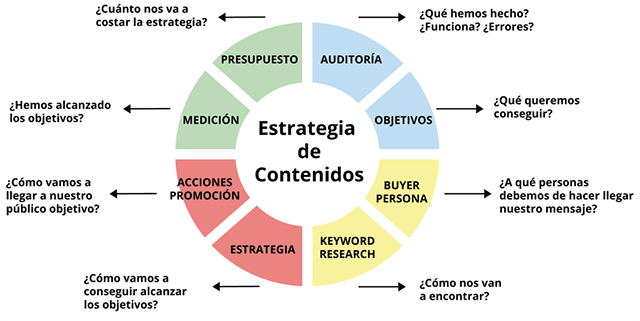
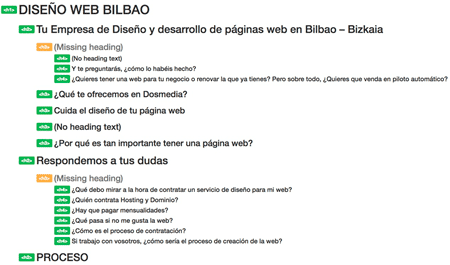
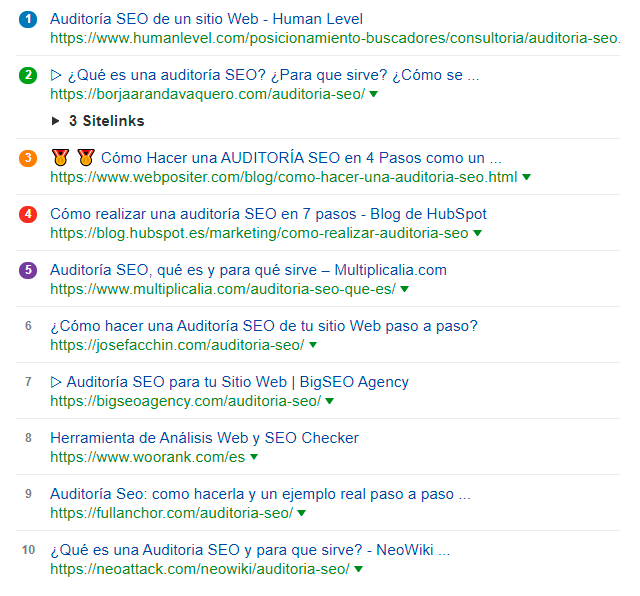
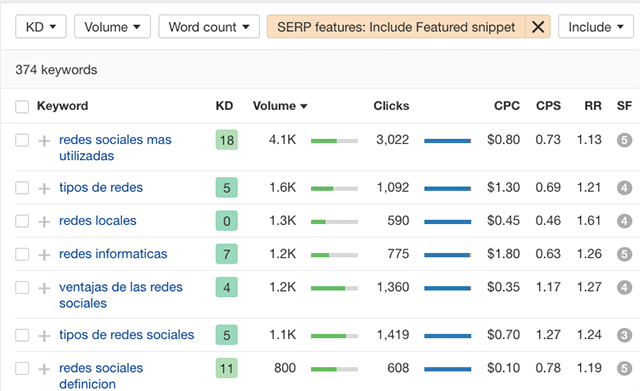
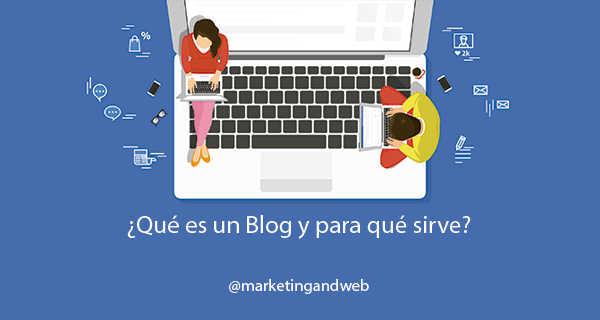
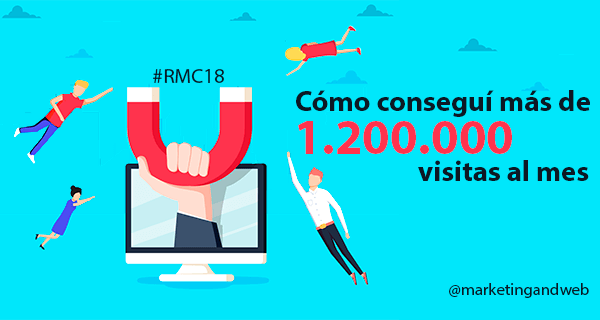
![SEO Guide for WordPress + SEO Tutorial for Ecommerce [SEO On Page Video Tutorial]](https://rmarketingdigital.com/wp-content/uploads/2020/11/guia-seo-para-wordpress-4887479-e1620380188678-600x294.png)


